Important Revisions to China’s Trademark and Unfair Competition Laws
At the 13thNational People’s Congress of the People’s Republic of China on 23 April 2019, the president Xi Jinping signed and effectuated revisions to both the PRC Trademark Law (“TML”) and the PRC Anti-Unfair Competition Law (“AUCL”). The changes to the TML will come into effect on 1 November 2019 and mainly focus on combating bad faith applications and increasing the compensation for infringements. The AUCL went into force immediately and improves China’s framework for protecting trade secrets.
These revisions add to the rapid development of China’s Intellectual Property legislation; below a brief analysis of the most significant amended laws.
1. PRC Trademark Law
(a) Bad-faith Trademarks
Article 4 – Bad-faith applications for trademarks not intended for use.
The most significant addition to the new legislation is the following addition to Article 4: “bad-faith trademark applications that are not intended for trademark use shall be rejected”. This phrase not only introduces a new ground for rejecting trademark applications, but it also directly authorizes the China Trademark Office (CTMO) to proactively take measures against bad faith applications, as they can now refuse them during the examination face. Depending on how this will work in practice – i.e. how actively the CTMO examiners will review an application on potential red flags – this could mean a significant step to tackle trademark squatters. At the very least, it lays the legislative groundwork for future improvements to the CTMP’s application procedures.
Articles 33 and 44 – Opposition and invalidation procedures.
The above new ground for rejecting bad-faith applications is also added as a basis for oppositions and cancellations, which can be filed by anyone and is not limited to the brand owners or related parties. Bad faith was already a ground, as was non-use (but for at least three years); this opens the possibility of opposing or cancellations based on the intentnot to use, which goes one step further.
Articles 19 and 68 – Trademark agencies.
The TML also prohibits trademark agencies from submitting trademark applications for clients if they know, or should know, that the applications are made in bad-faith. Violations can result in administrative penalties (warnings and fines). In addition, to also better control infringement proceedings started by trademark squatters against brand owners on the basis of their squatted-mark, the new TML allows the People’s Court to punish litigants who have filed a lawsuit in bad-faith.
(b) Sanctions for infringement
Article 63 – Increased compensation for infringed parties.
The compensation due for infringing the exclusive rights to use a trademark has been increased: this can now reach up to five times the actual damages proven by the trademark owner (previously: three times) and maximum statutory damages have increased from CNY 3 million to CNY 5 million. Moreover, the new law especially addresses the contentious issue of counterfeit products in China, which causes a lot of frustration to foreign (and Chinese) companies that find their goods being copied and sold in China. The revised law specifically establishes that counterfeit goods and all toolings and materials of the products shall be destroyed. This means that removing the logo will no longer be sufficient – a measure that will greatly increase the cost to infringers if they are caught.
2. Anti Unfair Competition Law
Article 9 – Trade secret infringement.
The law already defined a number of situations that constitute a trade secret infringement, but added another:
instigating, tempting and helping others to violate confidentially obligations or violating the right holder’s requirements for keeping the confidentially of trade secrets to acquire, disclose, use or allow others to se the rights holder’s secrets, are added as violations of trade secrets.
Moreover, this scope covers not only trade operators but also includes natural persons and unincorporated organizations.
Article 17 – Increase damages.
Similar to the new provisions under the TML, a trade secret infringement is now punishable with one to five times the amount of actual damages suffered, as determined by the claimant’s direct evidence. The maximum statutory damages that a court can award for trade secret infringement have also been raised, from CNY 3 million to CNY 5 million.
Article 32 – Burden of proof.
Article 32 introduces two new rules on the burden of proof: First, if the claimant of trade secrets provides preliminary evidence showing that it has taken steps to keep certain information confidential and that the trade secret has nevertheless been violated, then the burden shall be on the suspected infringer to prove that the claimed trade secrets were in fact not trade secrets as per the law.
Secondly, the burden of proof shall shifted to the defendant if the claimant can provide one of the following:
- Proof that the suspected infringer had access to the trade secrets, and the information it used was essentially identical with the trade secret.
- Proof that the trade secrets are used or disclosed, or about to be used or disclosed by the suspected infringer.
- Other proof that shows the infringement of the trade secret by the suspected infringer.
Conclusions
The amendments of the TML and the AUCL will add to China’s improving legal framework to protect trademarks and trade secrets. It shows that China is serious about tackling some of the most difficult issues, though it may take some time before we see improvement in practice. At the very least, this challenges IP owners to be more pro-active in tackling bad-faith applicants and infringers.
For more information on protecting IP in China and how we can help, please contact Maarten Roos at [email protected], or email [email protected].
